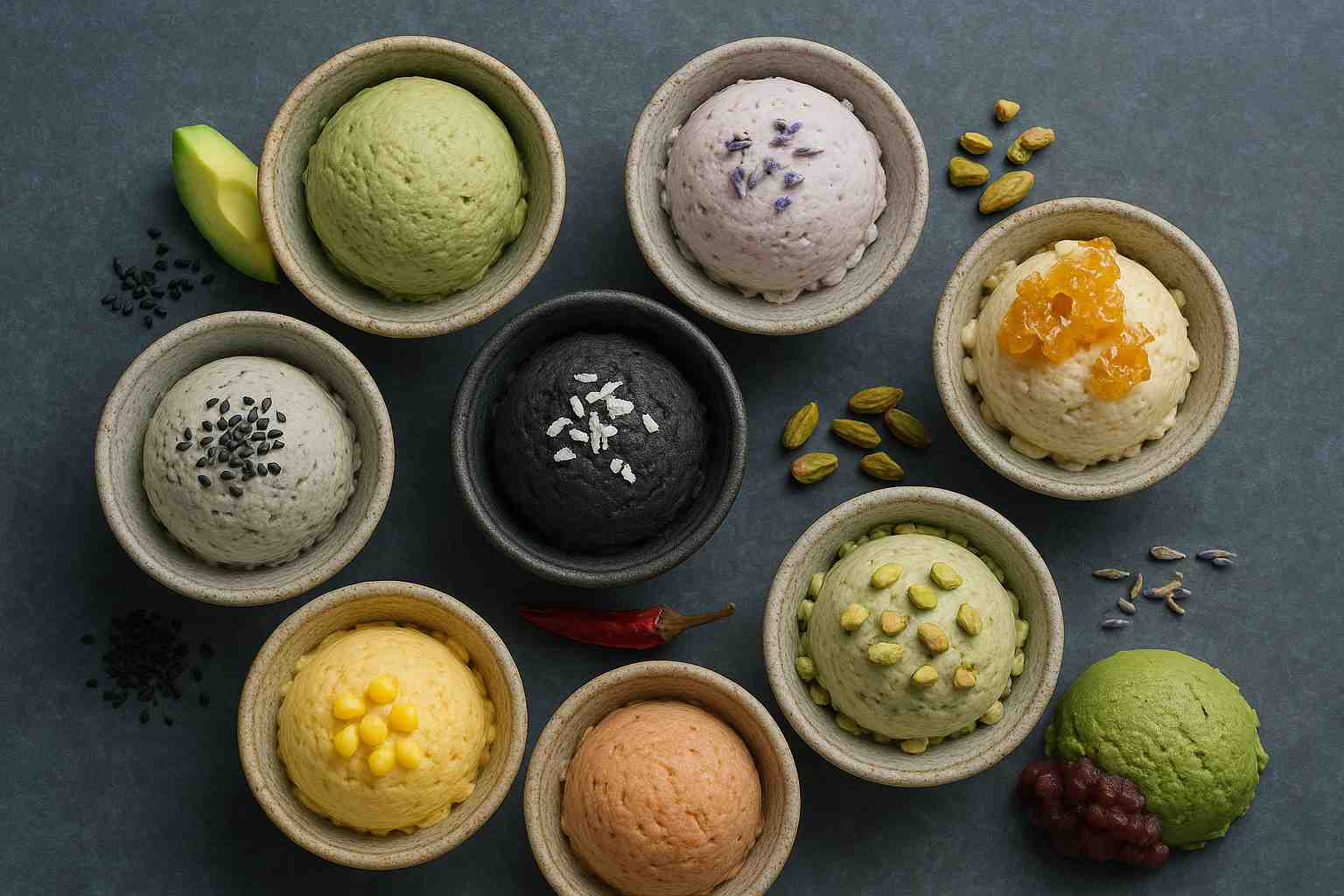Ice cream has long been a beloved indulgence, but beyond the familiar vanilla, chocolate, and strawberry lies a fascinating world of unique ice cream flavors and unexpected creations. Around the globe, artisans are pushing boundaries with inventive combinations that surprise the palate, challenge tradition, and celebrate cultural heritage. These creations are not just novelties—they’re delicious expressions of creativity, seasonality, and local ingredients. Let’s explore some of the most intriguing ice cream flavors you might have never encountered before, each offering a unique taste adventure.
1. Black Sesame
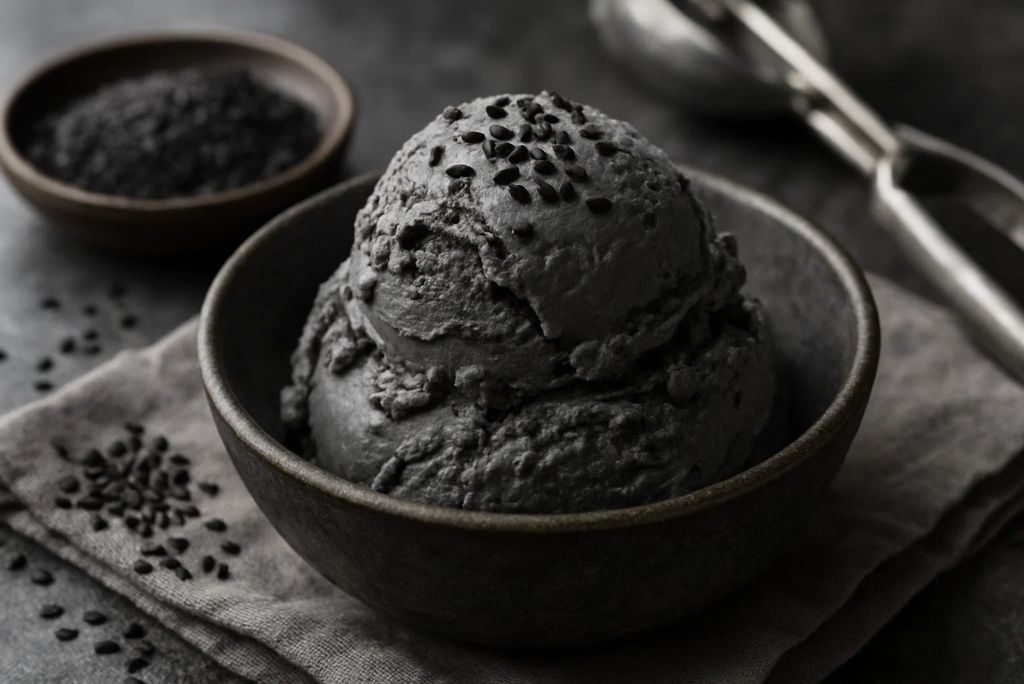
Popular in East Asian cuisine, black sesame ice cream has a nutty, slightly bitter profile that’s richer than almond or peanut. Its deep gray color and earthy taste come from toasted sesame seeds ground into a smooth paste, often sweetened with minimal sugar to let the natural flavors shine. It pairs beautifully with green tea desserts or as a sophisticated contrast to sweeter fruits.
In Japan, it’s known as kurogoma, a flavor cherished for centuries in sweets and pastries. A balanced, velvety scoop of black sesame ice cream offers a complexity akin to dark chocolate but without the cocoa. (Healthline)
2. Miso Caramel
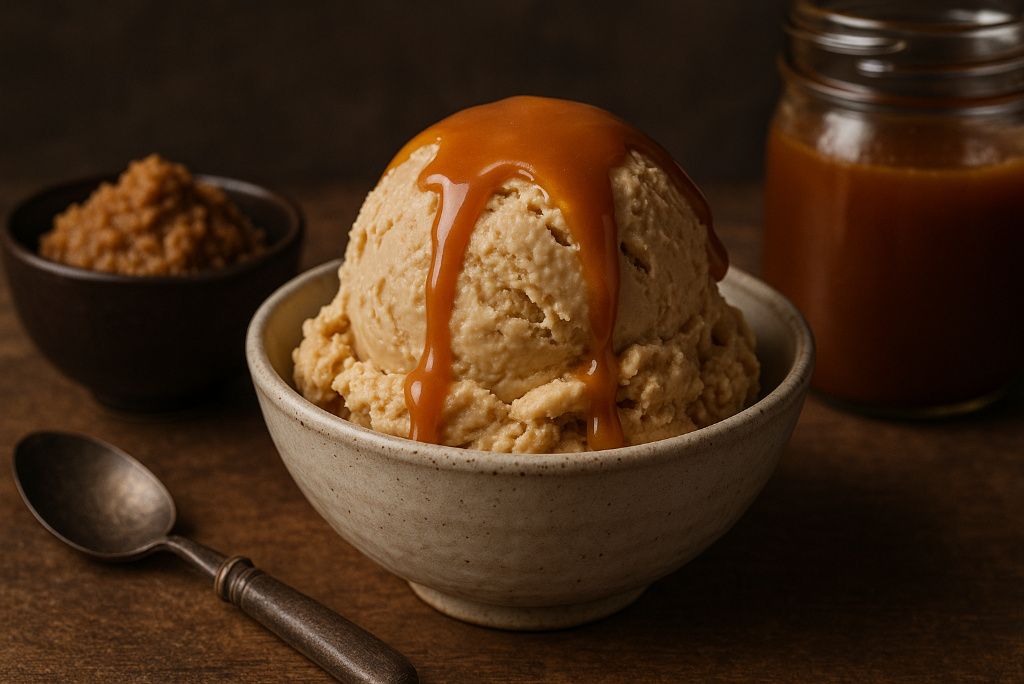
Miso caramel combines the umami depth of fermented soybean paste with the buttery sweetness of caramel. The result is a flavor that’s sweet, salty, and savory all at once, creating a luxurious mouthfeel that lingers. Chefs often use white miso for a milder taste, allowing caramel’s toffee notes to dominate while still delivering a subtle fermented tang.
This Japanese-inspired fusion has been embraced by high-end dessert bars in cities like New York and London, where adventurous diners seek new culinary experiences. It’s a must-try for anyone who loves salted caramel but craves something more layered. (BBC Good Food)
3. Olive Oil
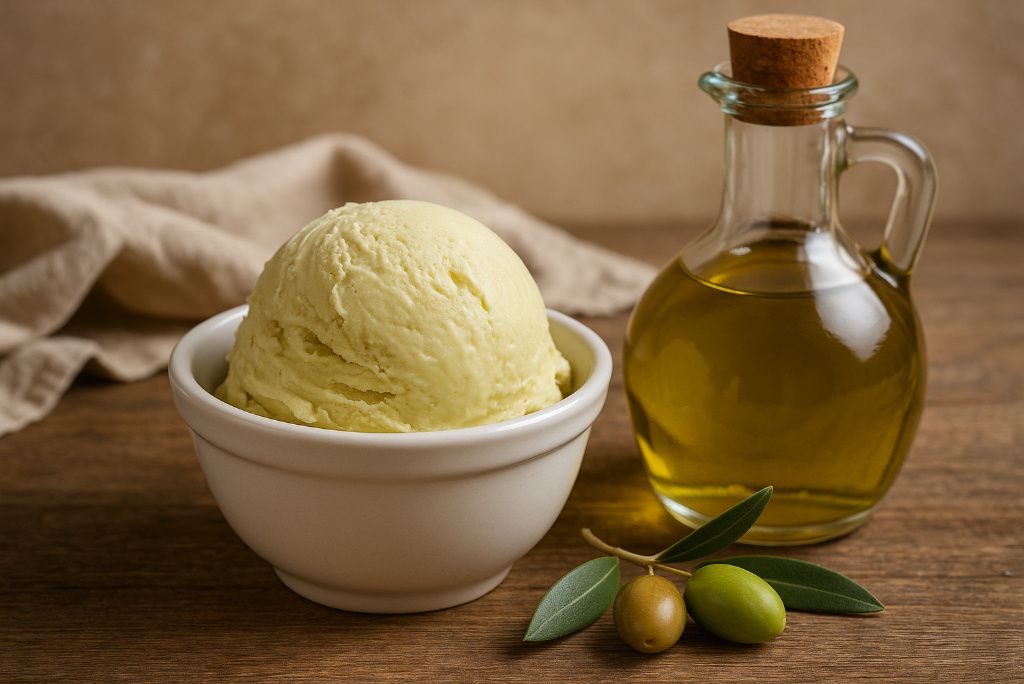
A Mediterranean delight, olive oil ice cream delivers a surprisingly light, fruity, and grassy flavor. Premium extra virgin olive oil is churned with cream and sugar, creating a smooth texture and subtle complexity. It’s often served with a pinch of flaky sea salt or paired with fresh berries to enhance its bright undertones.
In Italy, where this flavor originated, it’s considered a refined treat for warm summer evenings. The fat content of olive oil also gives the ice cream a silky, almost custard-like consistency. (Harvard T.H. Chan School of Public Health)
4. Blue Cheese and Fig
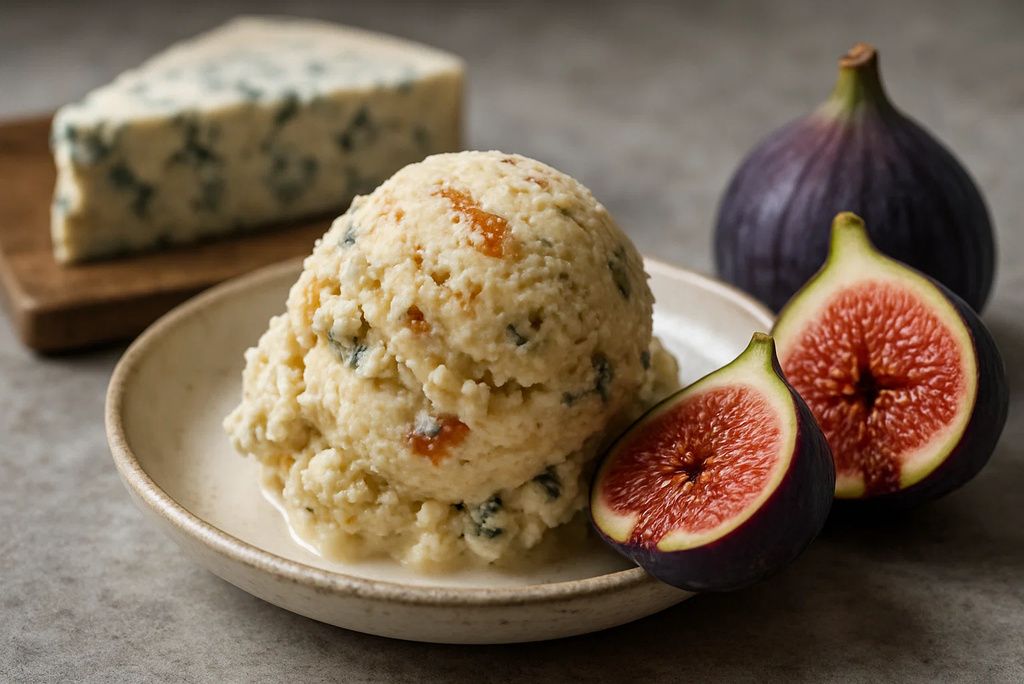
An unconventional yet harmonious pairing, blue cheese and fig ice cream strikes a balance between sharp, salty cheese and the natural honey-like sweetness of ripe figs. The creamy base softens the bold flavors, while bits of fig add texture and bursts of sweetness. This flavor is a hit at gourmet gelaterias in France and the United States, appealing to lovers of cheese boards and wine pairings. It’s often served alongside crackers or drizzled with balsamic glaze for a complete experience.
5. Sweet Corn
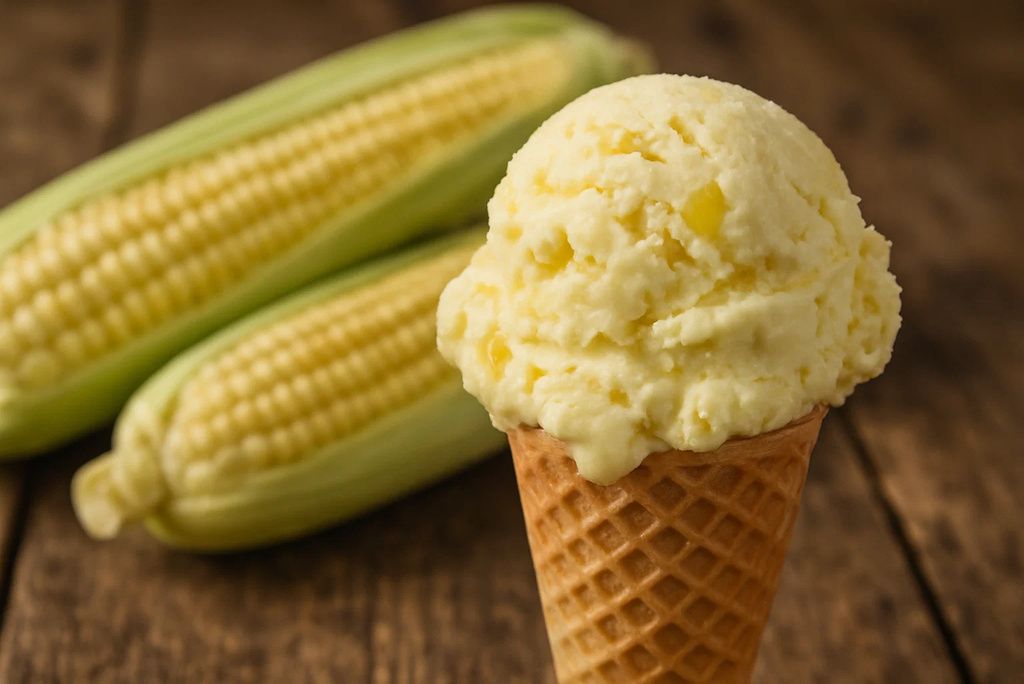
Sweet corn ice cream is a summer favorite in Mexico, known locally as helado de elote. The natural sugars of fresh corn kernels create a mild, comforting sweetness, while hints of vanilla or cinnamon add warmth. This flavor can be enjoyed plain or with toppings like caramel sauce or crushed cookies. Its taste is reminiscent of cornbread but with a cool, creamy twist. In rural Mexican towns, vendors often make it in small batches, ensuring freshness and authenticity.
6. Rosewater and Pistachio
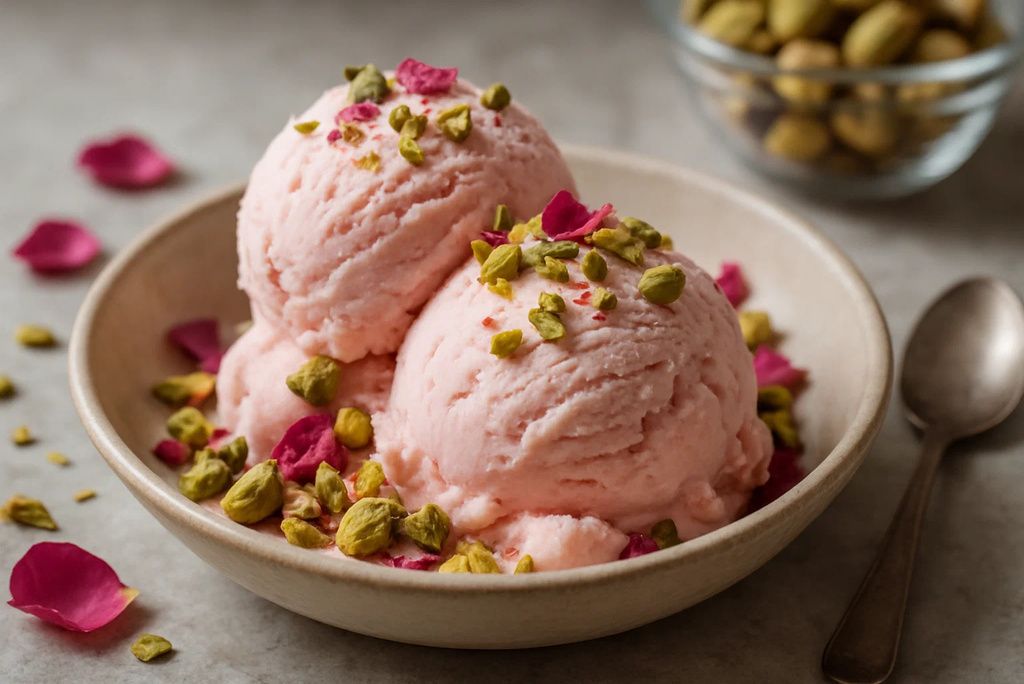
A flavor rooted in Middle Eastern desserts, rosewater and pistachio ice cream delivers floral elegance and nutty richness. Rosewater imparts a light, aromatic sweetness that feels almost ethereal, while pistachios bring crunch and earthy depth. This combination is common in Persian bastani sonnati, where saffron may also be added for a golden hue and subtle spice. It’s often served in delicate glass bowls at celebratory events.
7. Avocado
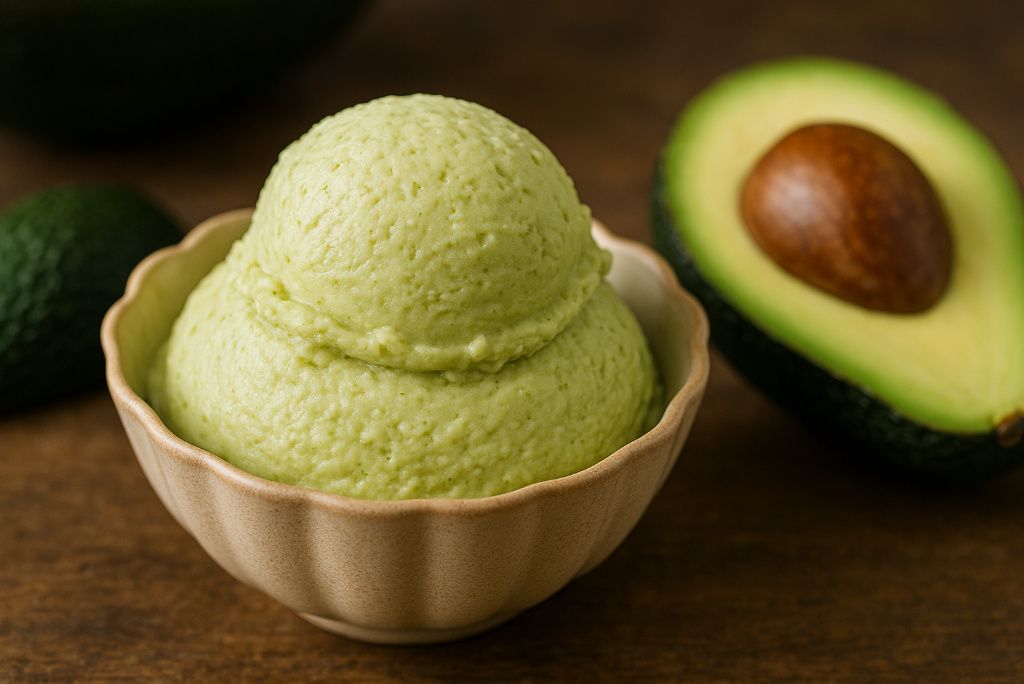
Avocado ice cream is creamy, mild, and subtly sweet, making it a perfect canvas for add-ins like lime juice, coconut milk, or chocolate chunks. Its natural fat content ensures a luxurious texture without needing heavy cream. Popular in the Philippines and Brazil, this flavor is often homemade using ripe avocados blended with condensed milk. It’s an excellent dairy-free option when made with plant-based milk. Find more about avocado’s nutritional properties at Medical News Today.
8. Wasabi Honey
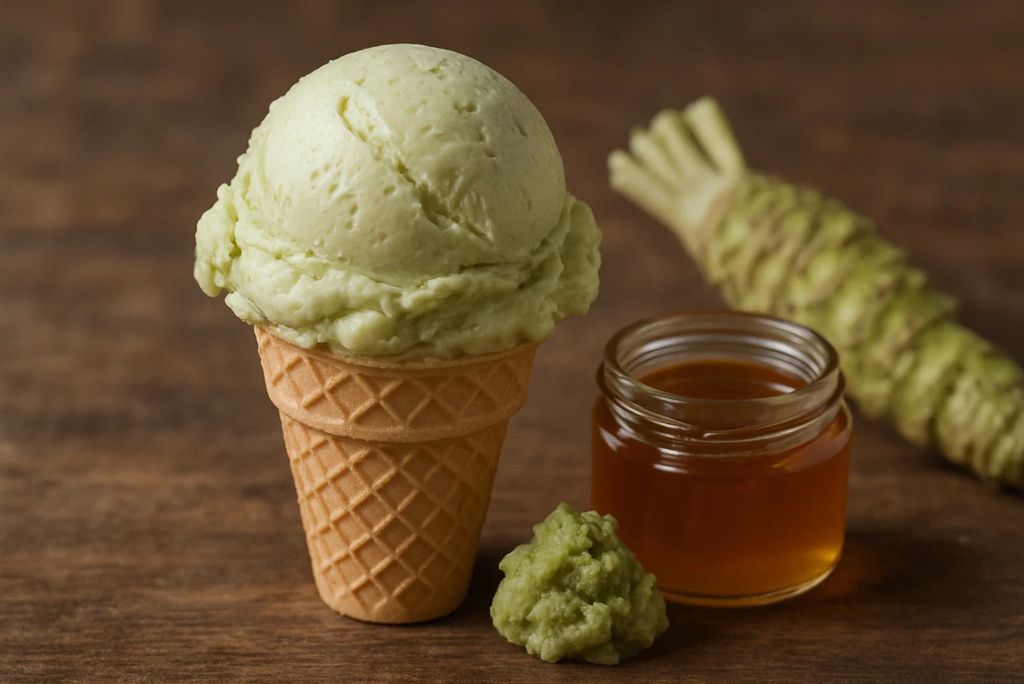
This daring combination pairs the sinus-tingling spice of wasabi with the mellow sweetness of honey. The result is a flavor that’s cool, sweet, and subtly hot, offering a unique sensory contrast. High-end Japanese restaurants sometimes serve it as a palate cleanser between courses. The wasabi used is often fresh and grated, providing a more nuanced flavor than the paste found in grocery stores.
9. Chai Spice
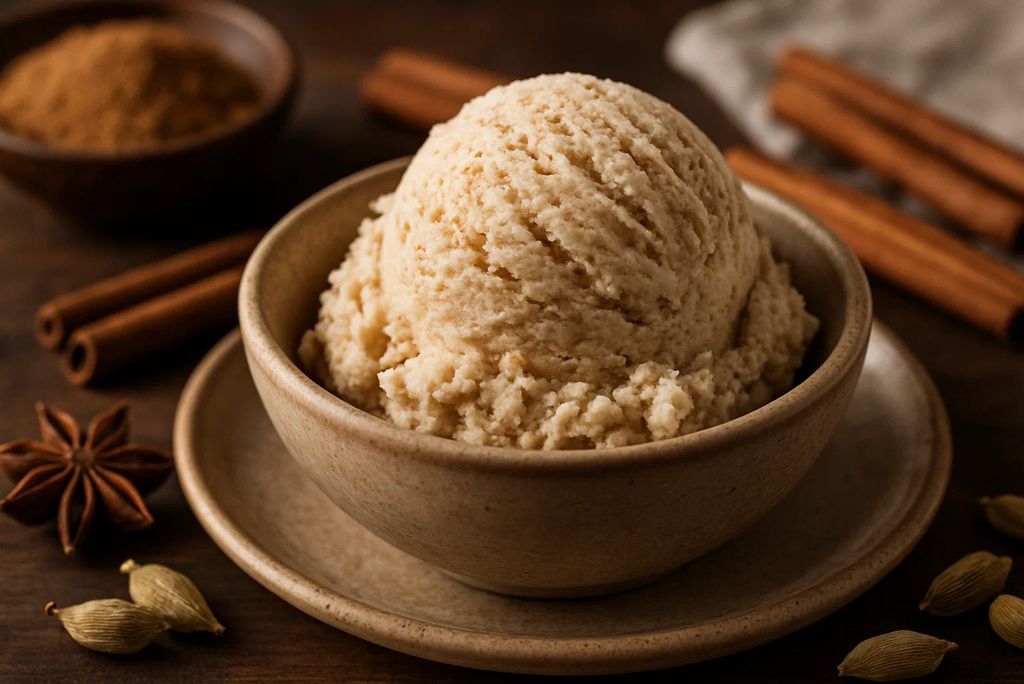
Inspired by the beloved Indian tea, chai spice ice cream blends flavors like cinnamon, cardamom, ginger, and cloves into a creamy base. It offers warmth and depth in every bite, perfect for cooler weather evenings or cozy indoor gatherings. The spiced profile pairs beautifully with ginger cookies or dark chocolate drizzle. In artisan creameries, this flavor is often brewed using loose-leaf masala chai to extract maximum aroma and depth. (The Spruce Eats)
10. Goat Cheese and Honey
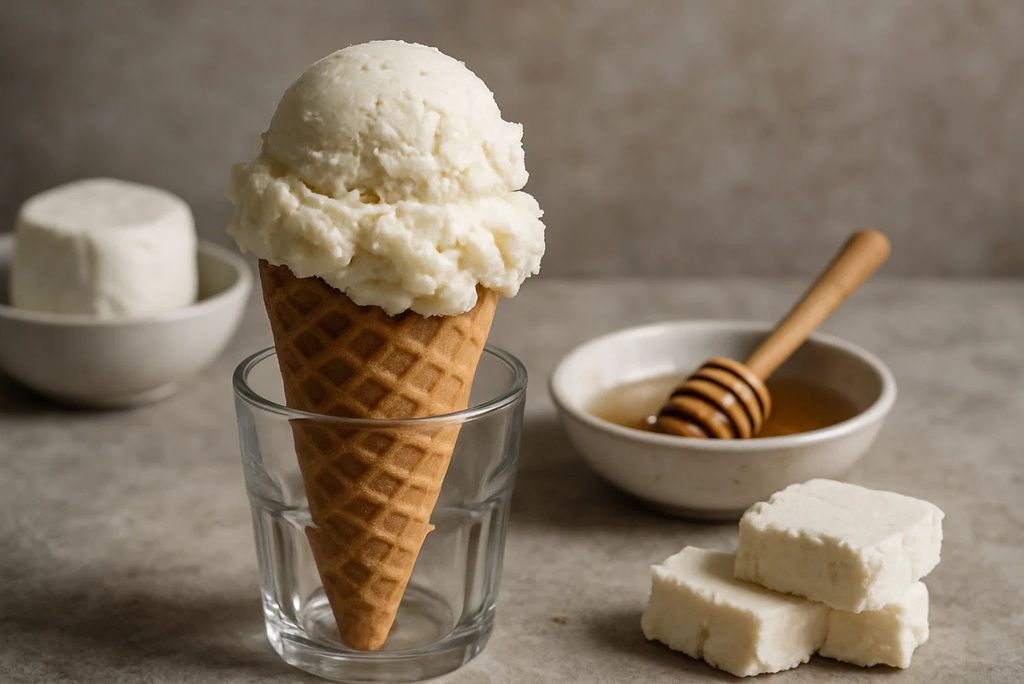
Creamy, tangy goat cheese swirled with golden honey creates a rich, sophisticated ice cream flavor. It’s popular in farm-to-table restaurants where local dairy products are celebrated and showcased with pride. The goat cheese provides a tang that cuts through the sweetness, making it less cloying than traditional cheesecake-flavored ice creams. This flavor works beautifully with roasted fruit like figs or peaches for extra indulgence.
11. Saffron Almond

Luxurious and aromatic, saffron almond ice cream is a staple in Persian and Indian dessert traditions. Saffron’s floral and slightly metallic notes infuse the cream with a golden hue, while slivered almonds add crunch and texture. This flavor is often served during festive occasions, cultural celebrations, and weddings across many regions. Due to saffron’s high cost, it’s considered a premium indulgence that is savored slowly. (Encyclopaedia Britannica)
12. Charcoal Coconut
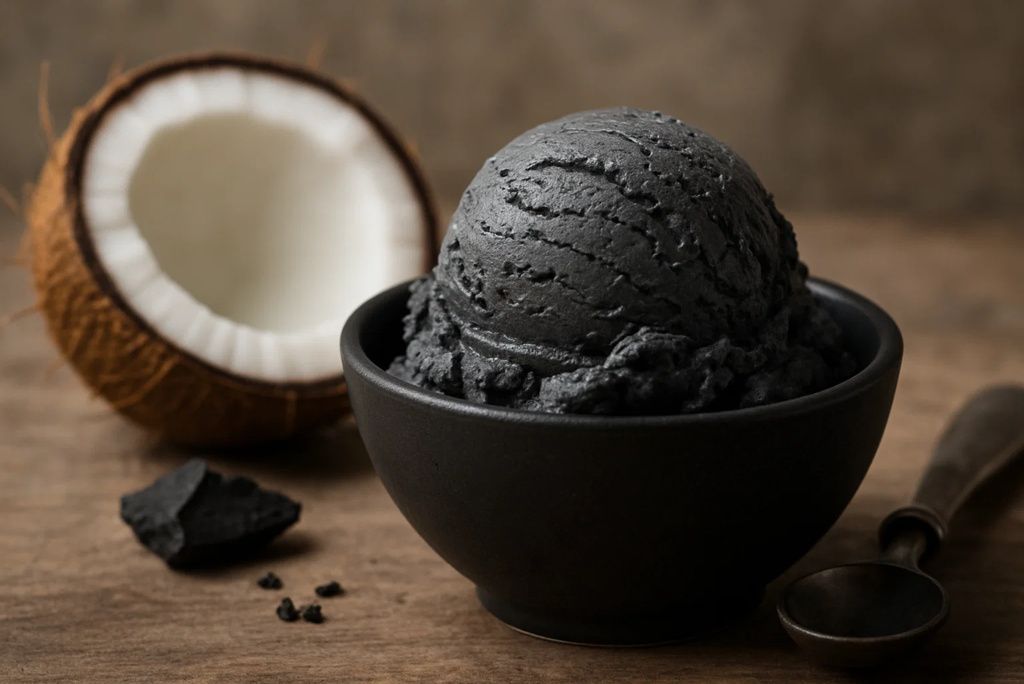
Activated charcoal gives this ice cream a striking black color, while coconut milk lends a tropical sweetness that balances it. Though charcoal is marketed for its detoxifying properties, its main appeal here is aesthetic and dramatic presentation. The flavor is light and refreshing, often served with mango puree or pineapple chunks for added vibrance. It’s particularly popular among social media food enthusiasts seeking photogenic desserts.
13. Tamarind Chili
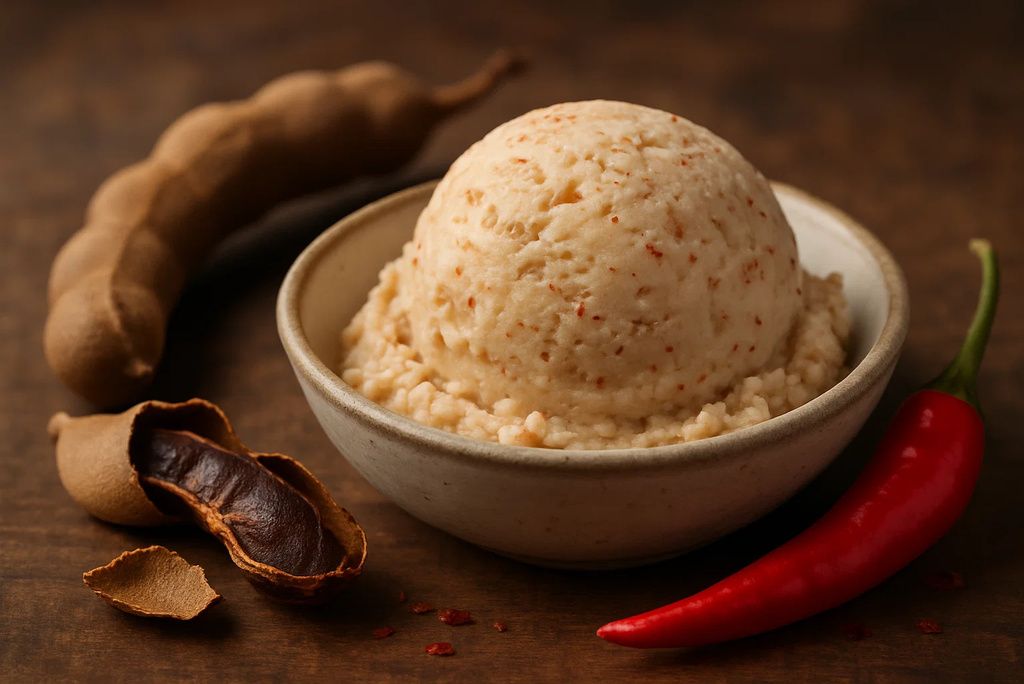
A sweet-tart base from tamarind pulp is kicked up with a hint of chili pepper for a flavor that’s tangy, spicy, and refreshing. Popular in parts of Southeast Asia and Latin America, it’s a flavor profile often seen in candies, snacks, and beverages. The ice cream version offers a cooling counterpoint to the spice while still retaining heat. Street vendors in tropical climates have sold variations for generations.
14. Lavender Honeycomb
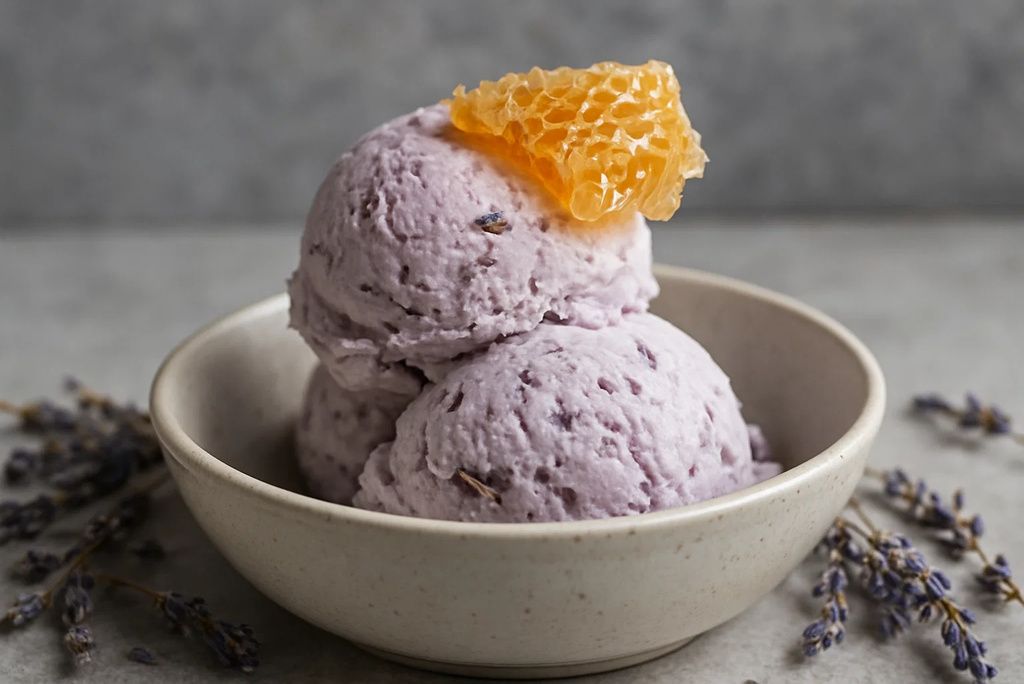
This floral-meets-crunchy treat pairs lavender-infused cream with chunks of honeycomb toffee. The lavender provides a calming aroma, while the honeycomb adds bursts of caramel sweetness and light crunch. This flavor is a favorite in boutique ice cream parlors in France and New Zealand, where presentation matters greatly. Some chefs finish it with edible flowers for added elegance.
15. Matcha Red Bean
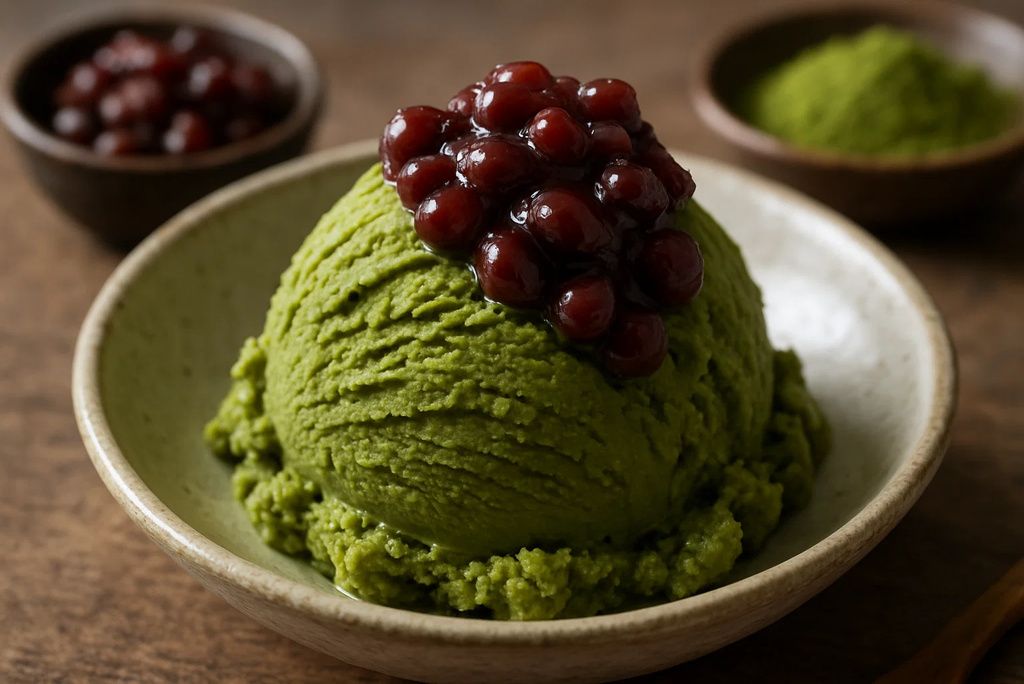
A Japanese classic, matcha red bean ice cream combines the earthy bitterness of powdered green tea with the gentle sweetness of adzuki beans. The contrast in texture—smooth ice cream against soft bean paste—adds to its appeal and complexity. It’s often served in traditional Japanese dessert sets alongside mochi, sweet rice cakes, and sesame crisps. Its flavor balance makes it a favorite for tea lovers seeking dessert harmony.

